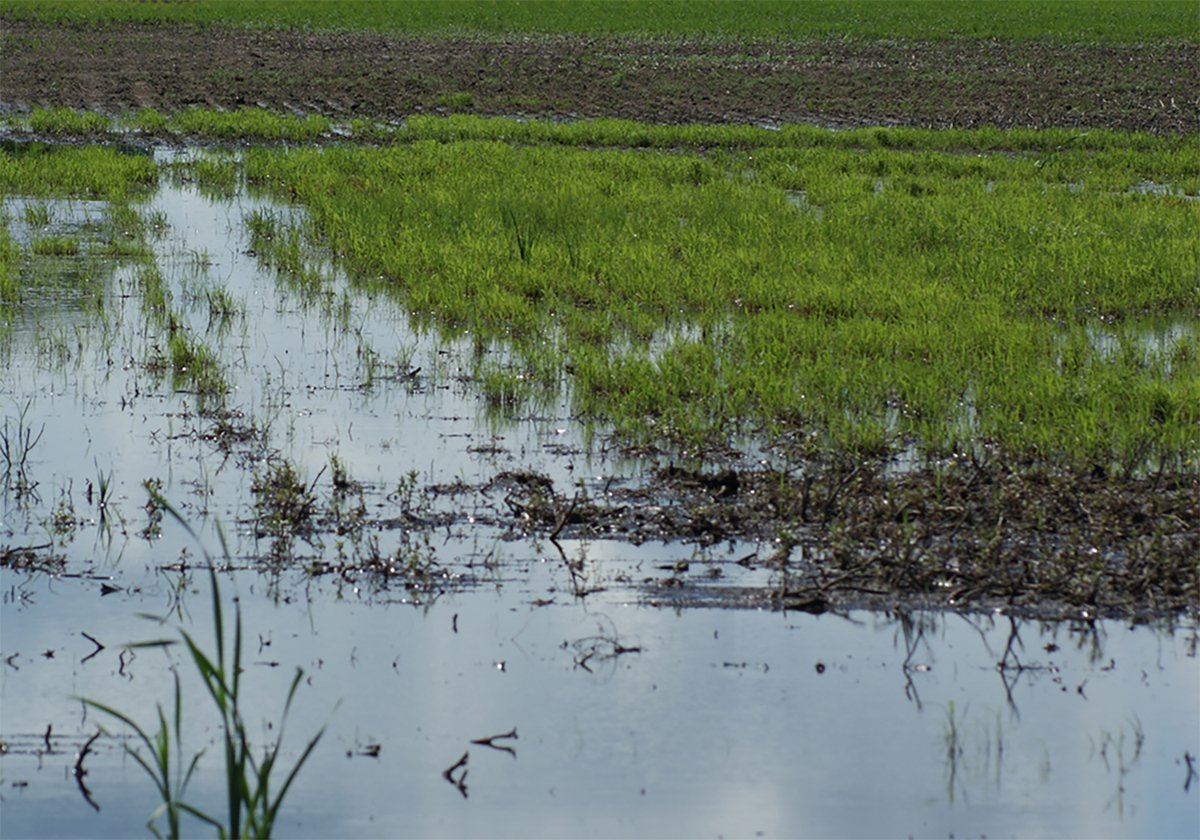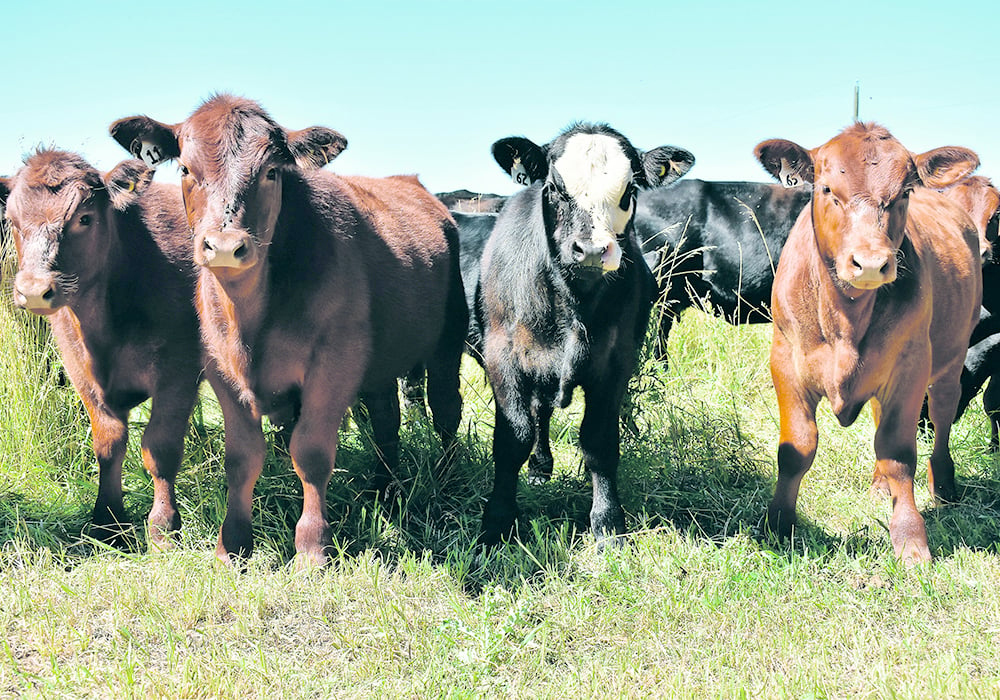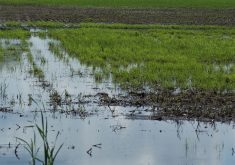Several insurance options are worthy of consideration for the upcoming year. Some are new and others are made more relevant by current market conditions.
Let’s start with the Western Livestock Price Insurance Program (WLPIP) and its applicability for cow-calf producers.
The program has been around for a number of years with awareness and participation gradually increasing. The difference this year is record high cattle prices and the ability to lock in profits.
After very strong calf prices during last fall’s run, prices have continued to increase. The WLPIP reflects that in its offering. Premiums are also higher, but you can lock in a price several notches below the top, pay less premium and still have more protection than ever before.
Read Also

Topsy-turvy precipitation this year challenges crop predictions
Rainfall can vary dramatically over a short distance. Precipitation maps can’t catch all the deviations, but they do provide a broad perspective.
You have to lock in a time period in the fall on which the pricing is based, but you don’t have to sell your calves at that time to be covered.
Of course, if calf prices remain strong, you’ll have paid an insurance premium and will not receive any benefit. That’s how insurance works. When you pay insurance on your home, you aren’t sad when it doesn’t burn down.
In an uncertain world, a lot could go wrong in cattle markets between now and fall. Yes, cattle supplies are dwindling and the outlook looks bright, but what if a major disease outbreak closes the border? The political instability in the United States is also a consideration.
Unfortunately, premiums under WLPIP are not cost shared by governments. The thinking has always been that government involvement might create trade retaliation. However, jurisdictions other than just Western Canada are looking at making the program available to their producers.
While WLPIP is available in all three prairie provinces, crop insurance offerings differ somewhat from one province to the next. The Saskatchewan Crop Insurance Corp. (SCIC) recently announced program enhancements for weather-based programs that will now provide options to insure additional feed crops, including mixed forage, greenfeed and silage. Intercrops can also be insured in this manner.
Crop insurance has always struggled to provide relevant coverage for livestock feed. Hopefully, cattle producers will find the new offerings useful for protecting against another drought.
For grain producers who forward contract new crop production, one long-standing option of multi-peril production insurance is particularly worthy of consideration this year — the contract price option.
SCIC uses an Agriculture Canada forecast of grain prices to come up with insured price levels for all the various crops. Some of those prices are out of whack with the marketplace.
The biggest discrepancy is large green lentils, for which SCIC has an insured price of only 45 cents a pound. Many new crop contracts have been signed at 50 to 58 cents a lb.
If you choose the contract price option, you can use your contract price to help increase your insured price. The premium goes up to correspond with the increased coverage.
The insured price for red lentils is 28 cents a lb., several cents below new crop contract levels. Many types of peas have contract prices above the $9.58 a bushel set by the program. Some producers may have signed mustard contracts above the insured prices. All of these are eligible for the contract price option.
If you’re convinced a particular crop is going to see a rally after harvest, there’s also an in-season price option to consider. However, the in-season price could also end up lower, reducing coverage.
Crop insurance changes need to be made by March 31.
Kevin Hursh is an agricultural journalist, consultant and farmer. He can be reached by e-mail at kevin@hursh.ca.
















